class: right, middle, my-title, title-slide # Climate and Fisheries Initiative ## Management Applications ### Sarah Gaichas <br /> Ecosystem Dynamics and Assessment <br /> Northeast Fisheries Science Center --- class: top, left background-image: url("EDAB_images/ClimateFisheriesCover.png") background-size: 550px background-position: right # Management needs - Real world examples - Immediately useful + Inseason management + Quota specification + Management strategy evaluation + Ecosystem based management ??? --- ## Inseason forecasts: *Illex* squid fishery .pull-left[ .center[ 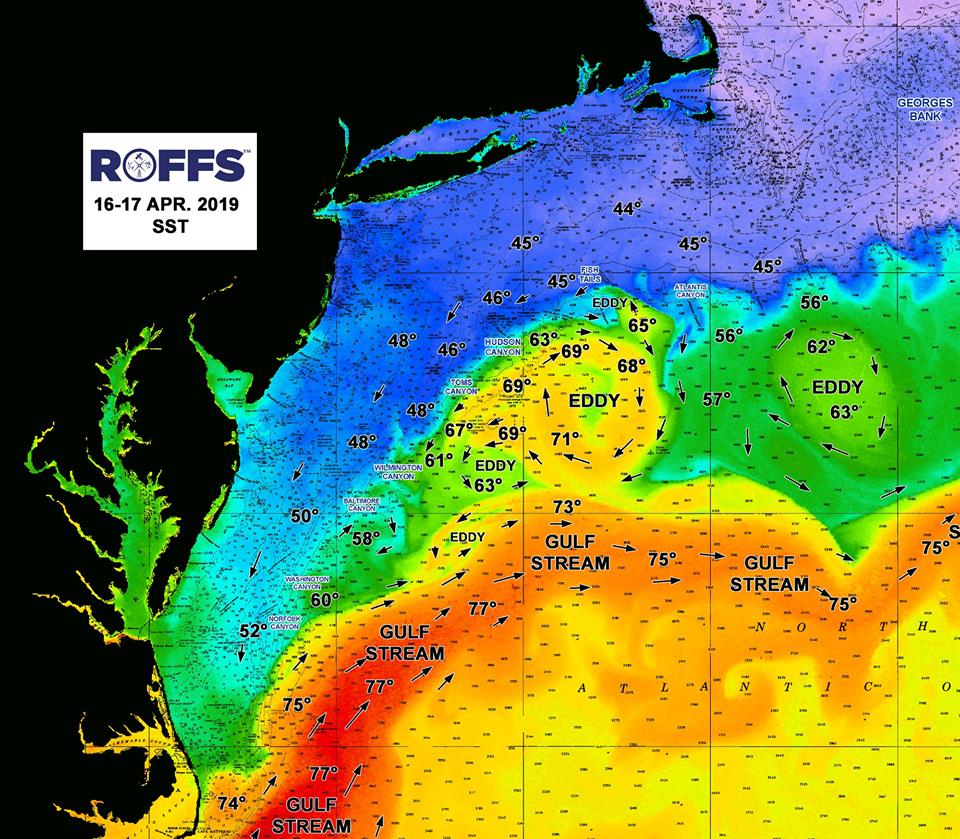 ] ] .pull-right[ .center[ 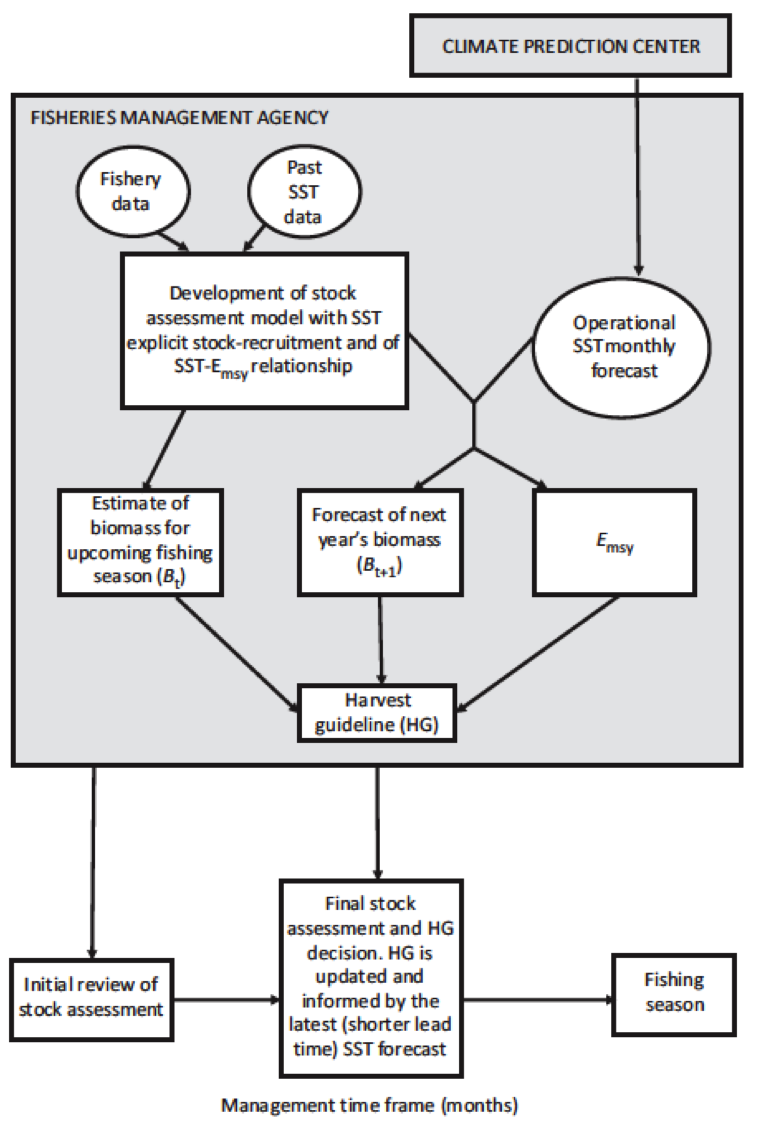 ] ] .footnote[ Manderson, J. 2020. Summary report Northern shortfin squid (*Illex illecebrosus*) population ecology and the fishery Summit, November 25-26, 2019 Wakefield, Rhode Island, available [here](https://www.dropbox.com/s/k3x0v53kyhaoj2a/DraftSummary_NorthernShortfinSquidPopulationEcologyAndTheFisherySummit_03242020.pdf?dl=0). Tommasi, D., Stock, C.A., Pegion, K., Vecchi, G.A., Methot, R.D., Alexander, M.A., and Checkley, D.M. 2017. Improved management of small pelagic fisheries through seasonal climate prediction. Ecological Applications 27(2): 378–388. doi:10.1002/eap.1458. ] ??? --- ## 1-3 year forecasts: yellowtail flounder climate-informed assessment .pull-left[ 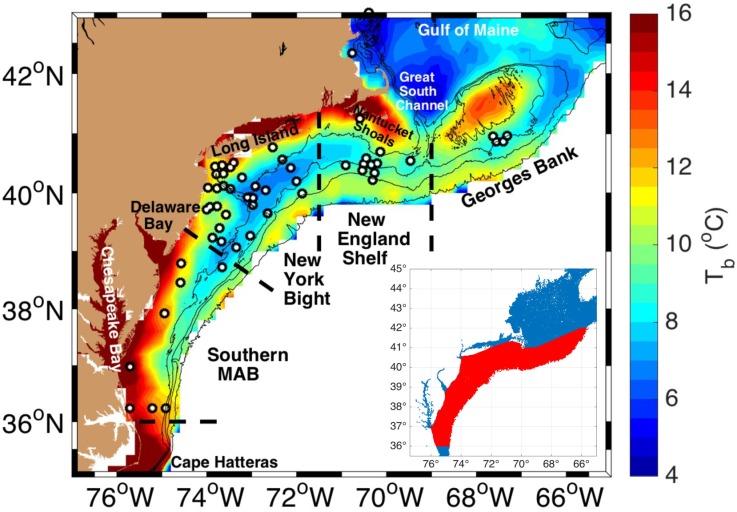 ] .pull-right[ 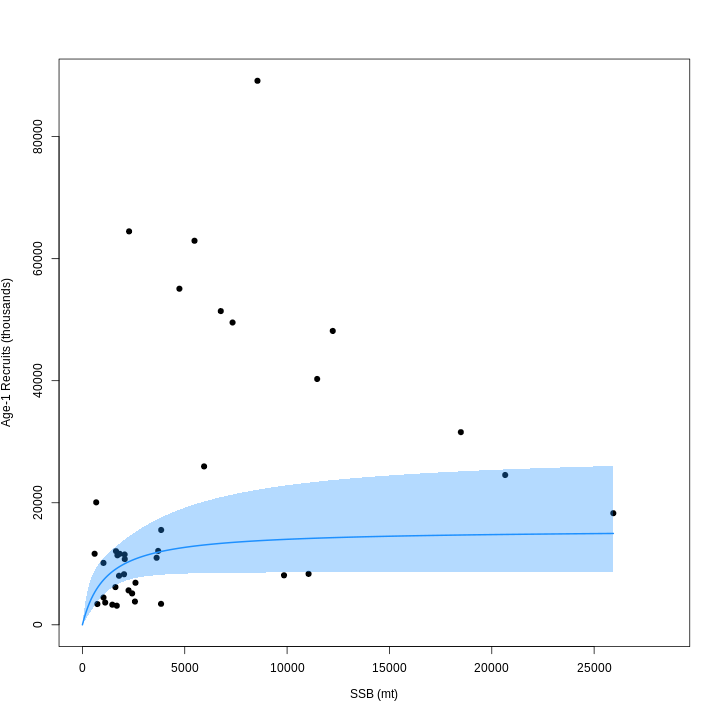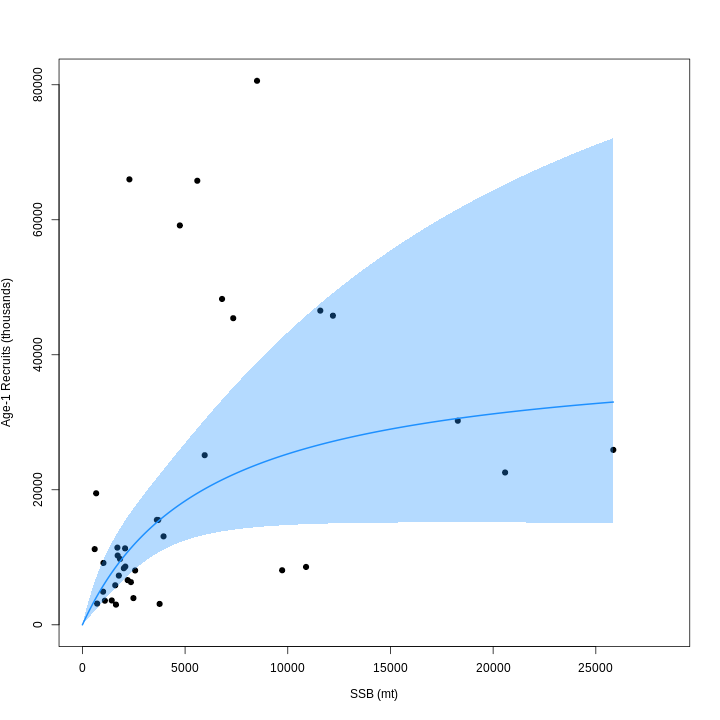 .contrib[ https://timjmiller.github.io/wham/articles/ex2_CPI_recruitment_SNEMA_yellowtail.html ] ] .footnote[ Lentz, S.J. 2017. Seasonal warming of the Middle Atlantic Bight Cold Pool. Journal of Geophysical Research: Oceans 122(2): 941–954. doi:10.1002/2016JC012201. Miller, T.J., Hare, J.A., and Alade, L.A. 2016. A state-space approach to incorporating environmental effects on recruitment in an age-structured assessment model with an application to southern New England yellowtail flounder. Can. J. Fish. Aquat. Sci. 73(8): 1261–1270. doi:10.1139/cjfas-2015-0339. ] ??? --- ## 1-3 year forecasts: yellowtail flounder climate-informed assessment .pull-left[ 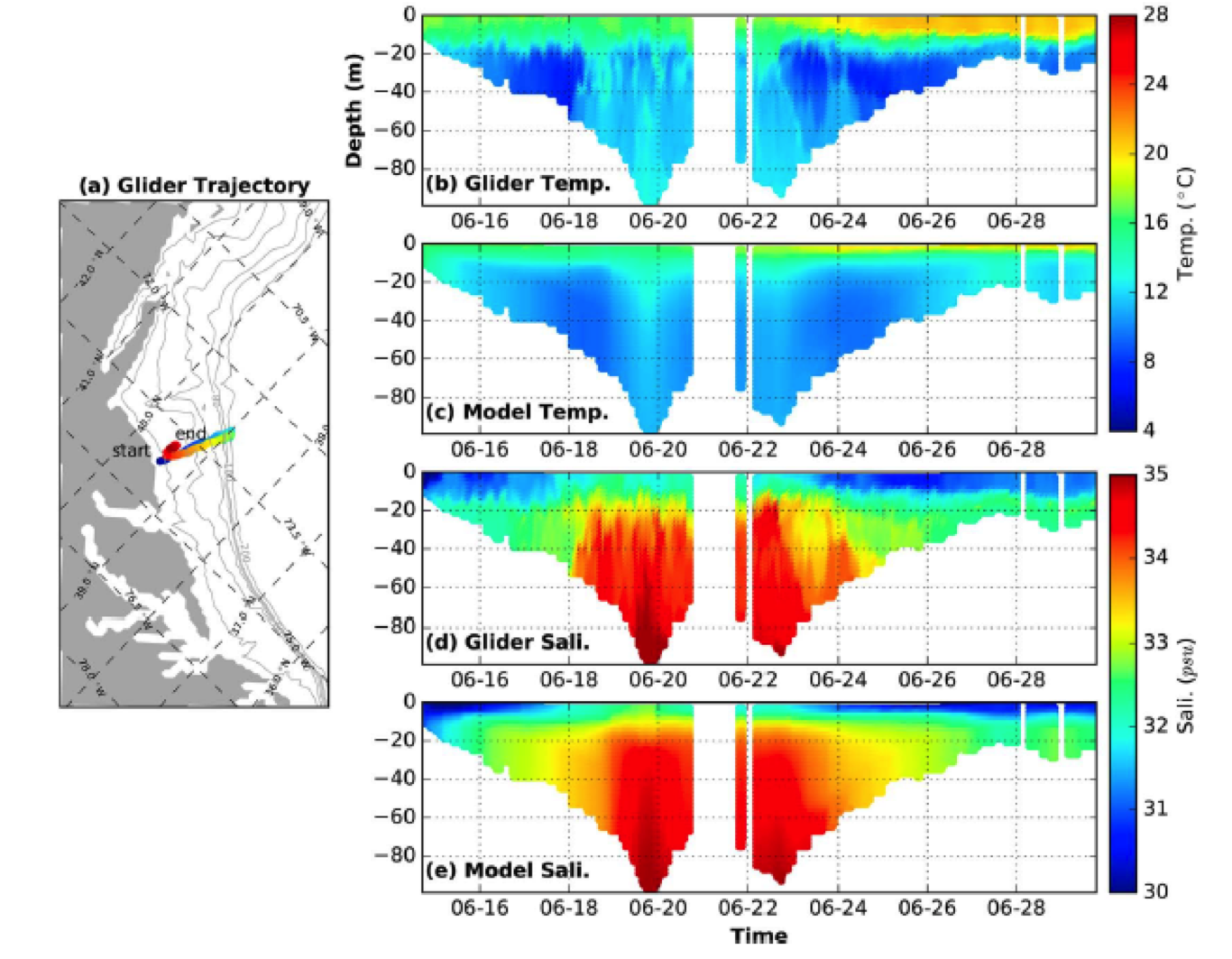 ] .pull-right[ 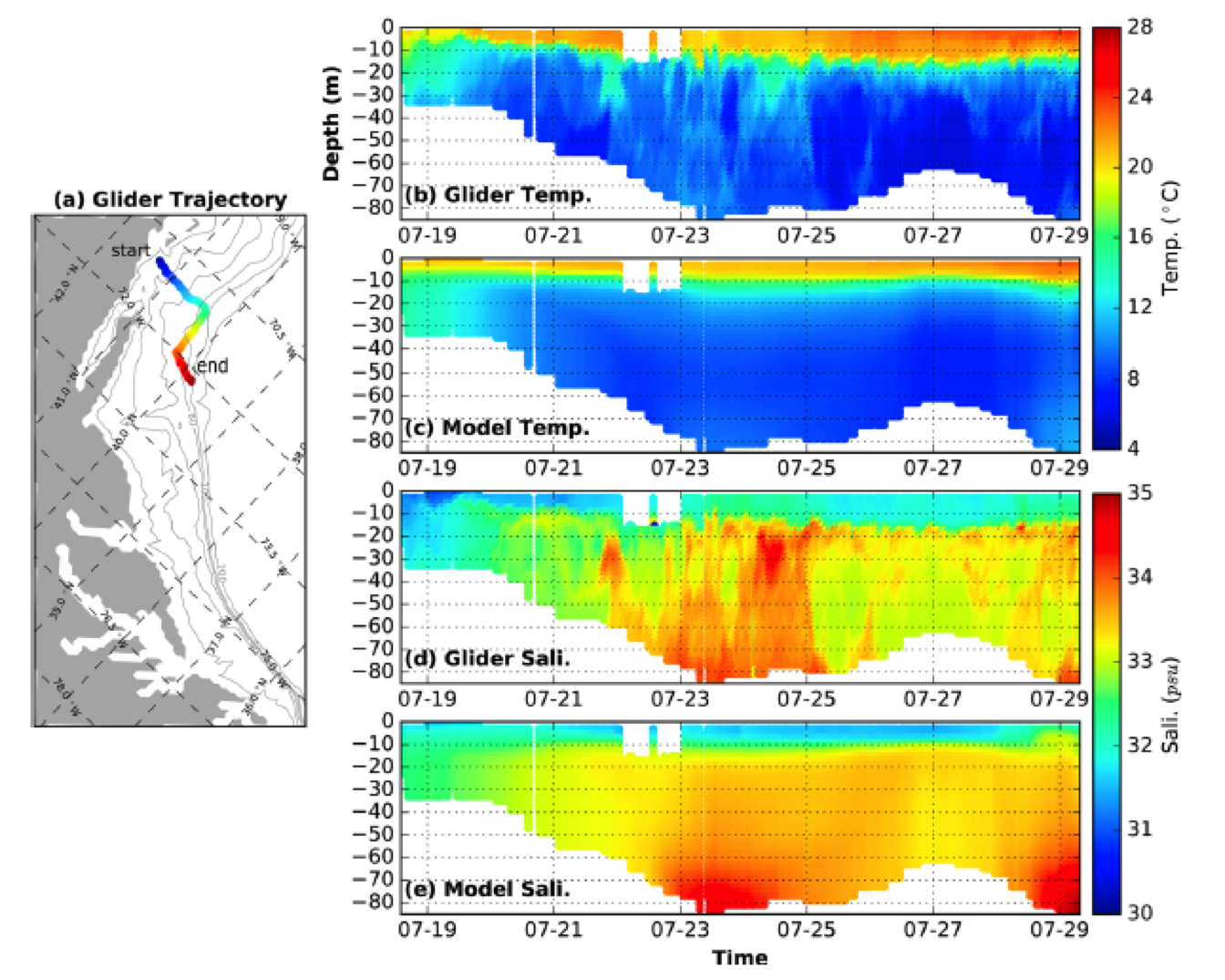 ] .footnote[ Chen, Z., Curchitser, E., Chant, R., and Kang, D. 2018. Seasonal Variability of the Cold Pool Over the Mid-Atlantic Bight Continental Shelf. Journal of Geophysical Research: Oceans 123(11): 8203–8226. doi:10.1029/2018JC014148. ] --- ## Forecasts and projections: management strategy evaluation .center[ 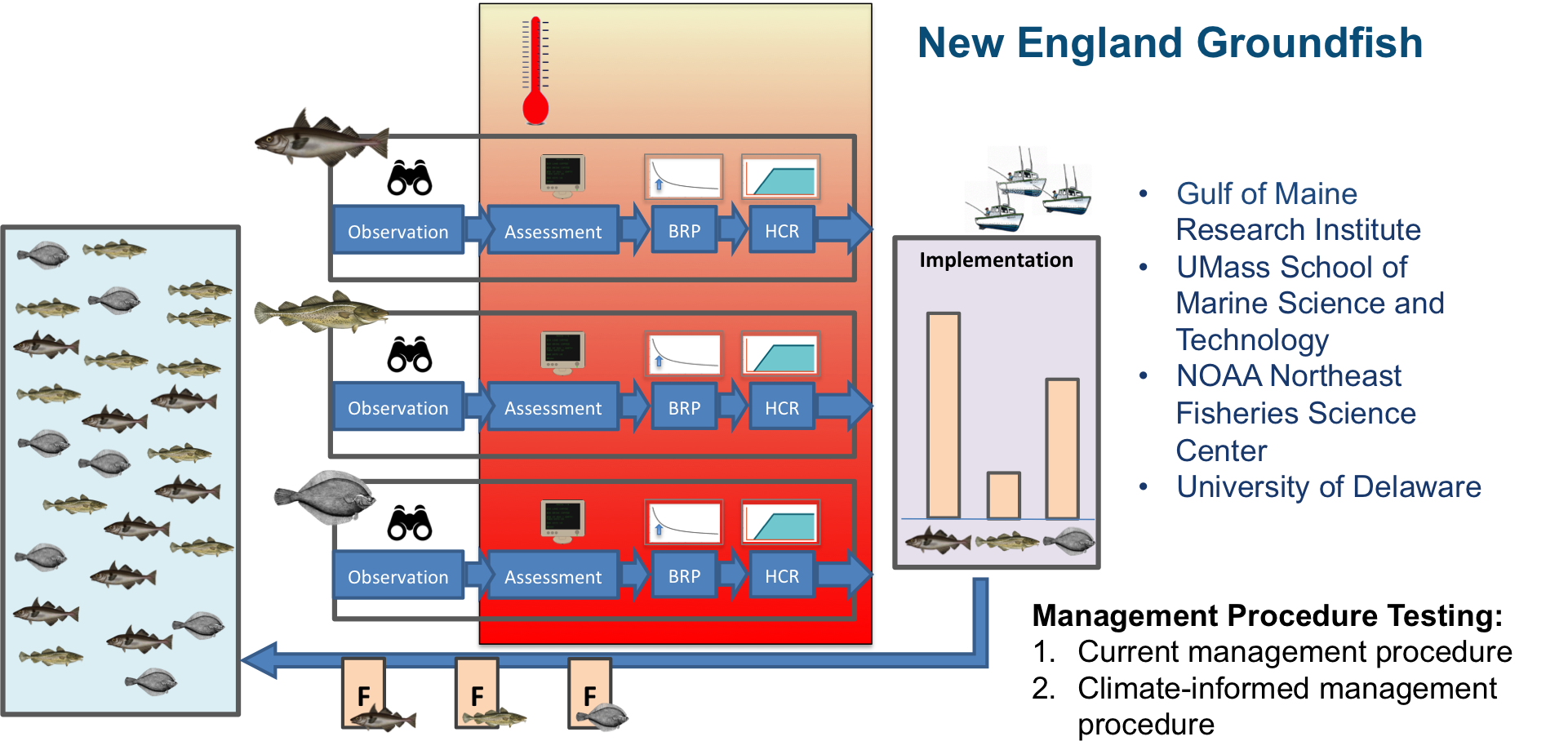 ] .footnote[ Lisa A. Kerr, Sam Truesdell, Gavin Fay, Jonathan Cummings, Ashley Weston, Steven X. Cadrin, Sarah Gaichas, Min-Yang Lee, Anna Birkenbach, Andrew Pershing. Evaluating the Performance of Northeast Groundfish Fisheries Management in a Changing Climate (funded by NOAA COCA:NA17OAR4310272, 7/1/17-6/30/20) ] --- ## Forecasts and projections: ecosystem based fishery management .pull-left[ .center[ 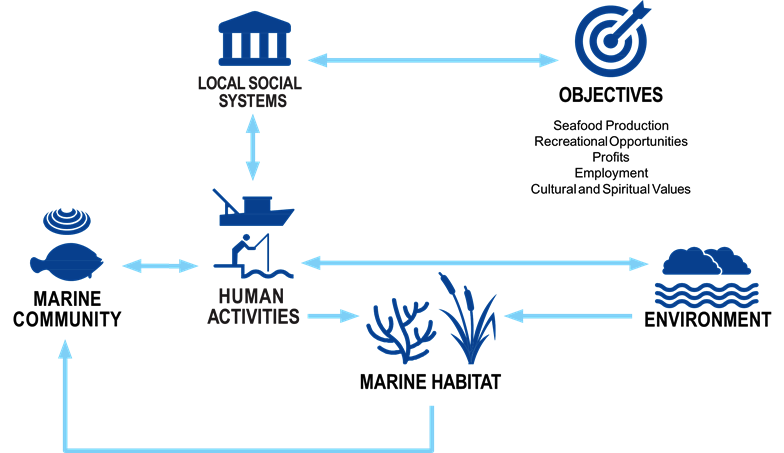 ] Bering Sea FEP Action Module 1: Evaluate short- and long-term effects of climate change on fish and fisheries, and develop management considerations ] .pull-right[ .center[ 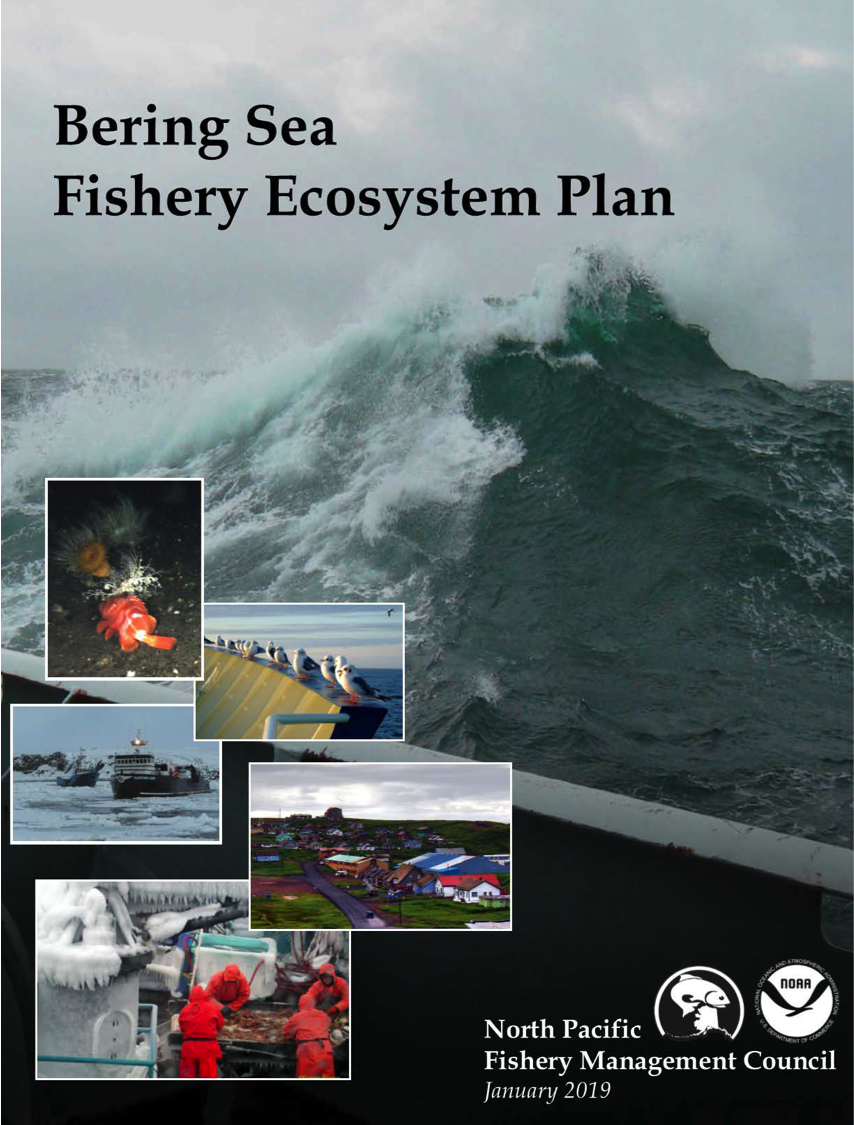 ] ] ??? Objectives: (1) coordinate to synthesize results of various ongoing and completed climate change research projects; (2) evaluate the scope of impacts on priority species identified in initial studies; and (3) strategically revaluate management strategies every 5-7 years; (4) include synthesis to evaluate climate-resilient management tools. The climate change Action Module team will work with the Council to iteratively identify and assess the performance of potential short-term, medium and long-term management actions for climate adaptation (i.e., derive alternative strategies for MSEs). --- ## Ecosystem status--improve with forecasts .pull-left[ .center[ 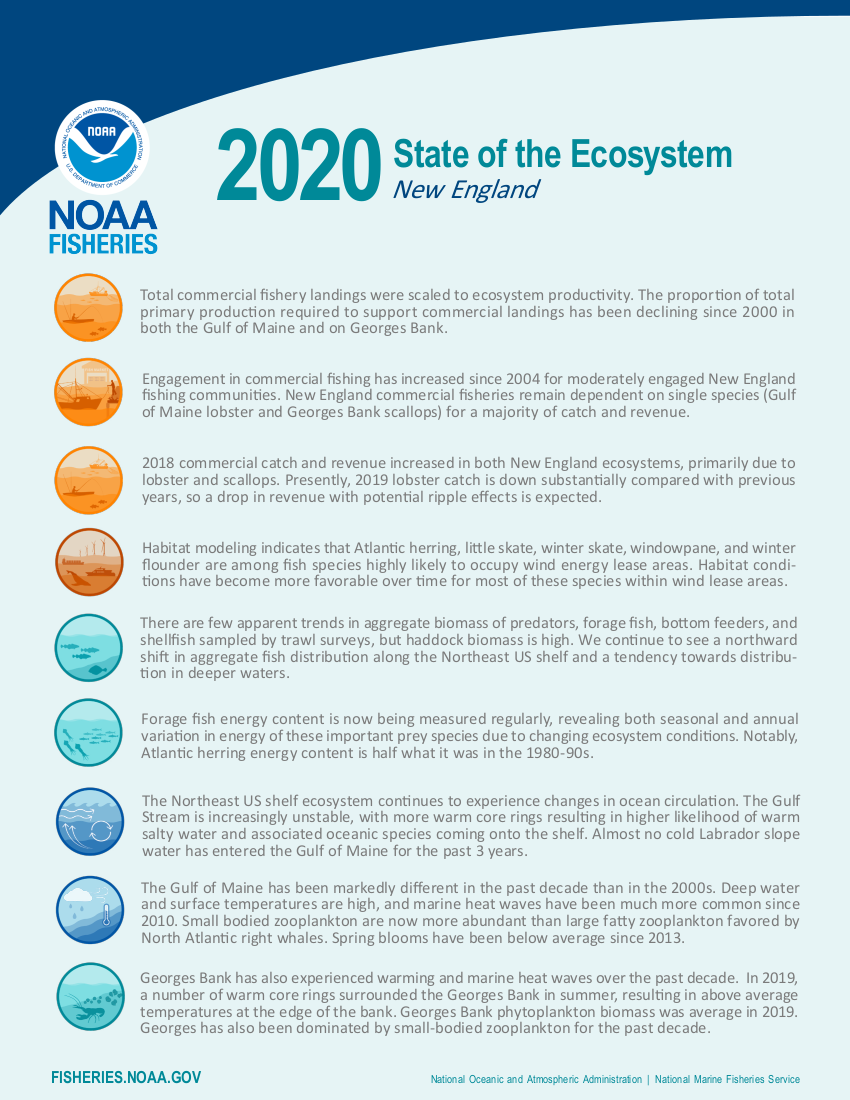 ] ] .pull-right[ .center[ 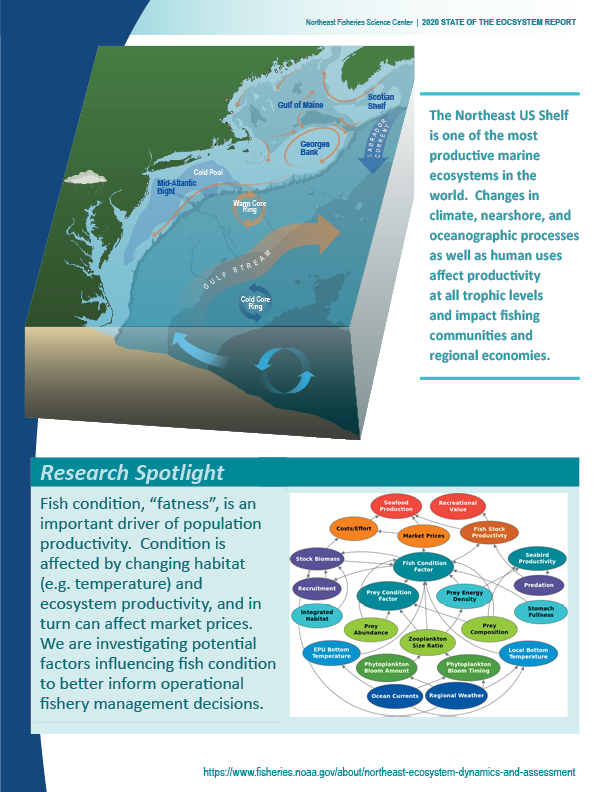 ] ] --- class: inverse, bottom background-image: url("EDAB_images/IMG_2809.jpg") background-size: cover .pull-left[Slides: https://noaa-edab.github.io/presentations/] .pull-right[Contact: <sarah.gaichas@noaa.gov>]